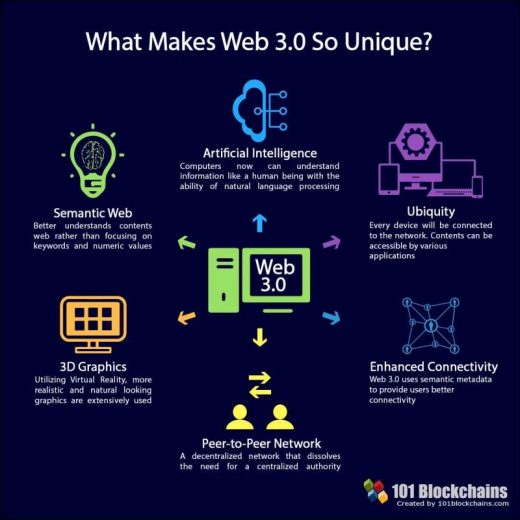It has been only seven years since the first article was written, directly giving the name Web3 to the Web 3.0 step. The ratio of the number of users who still have a Web3 wallet to the number of internet users is at the level of one in a thousand. So we’re still at the very beginning of Web
Former Twitter boss Jack Dorsey criticized the Web3 development in a tweet he shared on Twitter. Dorsey pointed out that companies including Web 2.0 giants are making investments for Web 3.0, and stated that Web 3 should not have an owner, and ignited many discussions. Web 3.0 experts draw attention to the divergence within Web 3 on this issue. Regarding the subject, It is obvious that there will be an important competition here. When Web3 was created, that is, in 2014, the names mentioned were not so involved in the event. But after the blockchain ecosystem came to an important place in financial terms, they started to get involved.
Twitter has a special case. Although Twitter is thought of as a Web 2.0 project, it did not take the classic vicious profit-making approach of Web 2.0 in terms of revenue model. He didn’t think like Facebook and ask to get as much personal data as possible from the user. For this reason, he thought that he could write a new story within the financial fluidity of Web3. Some of the technical steps he took today are also related to this.
According to the developers, there are two separate views in the Web 3.0 discussions. As in every field, there is a distinction between traditionalists and innovators. While the traditional wing, mostly those coming from the deep web school, flee from the financial system and its risks and opportunities, the innovative wing seeks to create a common path without excluding Web2 giants from the system.
Names like Dorsey and Gavin Wood are more in pursuit of preserving the founding codes of Web3. Located in the traditional wing. But other names want to define a new Web3 that focuses on financial fluidity and puts decentralization in the background. An important point here is that intrinsic value and price are not the same thing.
For example, if you say that the intrinsic value of Bitcoin is used in censorship-resistant transactions, when a country bans Bitcoin, its intrinsic value increases more. But the price drops. Similarly, when we bring crypto assets closer to traditional markets, their price may increase but their intrinsic value may be lost or transformed.
In fact, this traditionalist-innovative divergence is not based on price, but on intrinsic value. Both sides have their own valid arguments. Maybe both will survive, maybe someone. This will be determined by user preferences. “Looking at the number of Web3 wallets and telling which school will be more permanent is like predicting the future profession of a toddler.
Visits: 95



